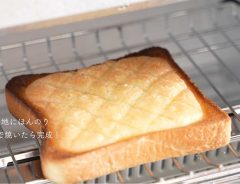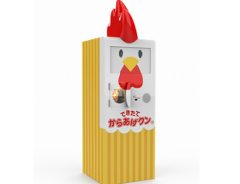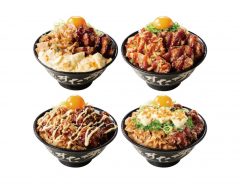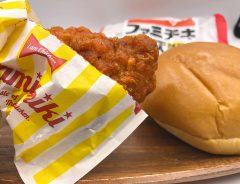- Tags:
- Chicken / Fried Chicken / Japan Karaage Association / Karaage / Recipe
Related Article
-

Don’t be that person: please follow the recipe when you bake
-

This easy recipe for melonpan toast will tide you over until you can visit Japan again
-

Japan’s Karaage-kun Robot Serves Up Convenience Store Chicken of the Future
-

Japanese chain calls their new heavy duty garlic sauce rice bowls “rice terrorism”
-

We made surprisingly good fried chicken and fish burgers with FamilyMart’s DIY buns
-

Delicious and refreshing cold ramen recipe is a must-try this summer



If you've ever visited an izakaya (Japanese tapas bar or gastropub), you've probably seen karaage on the menu. Considering the high quality of chicken raised in Japan, it's no wonder that reasonably priced and plentifully available karaage is very popular not only with locals but with foreign visitors as well.
Even though Japanese people know fried chicken, popular chains such as KFC being well established in the country, and they recognize that the two are distinct, many would be hard pressed to explain the difference between the two.
Karaage vs. Fried Chicken
So then, what is the difference between karaage and fried chicken?
To get an answer, we consulted an authority in the matter, Yasuhisa Teppei, chair and chief director of the Japan Karaage Association:
So, if the chicken meat is seasoned first, then coated with flour, it's karaage. If the chicken meat is coated with a flour containing seasoning in it, then it's fried chicken.
However, interestingly enough, the strict division between the two is fading away...
Japan Karaage Association Chairman's Special Karaage Recipe
Yasuhisa Teppei was kind enough to share his favorite karaage recipe with us for you to try at home!
Ingredients
Instructions
Links